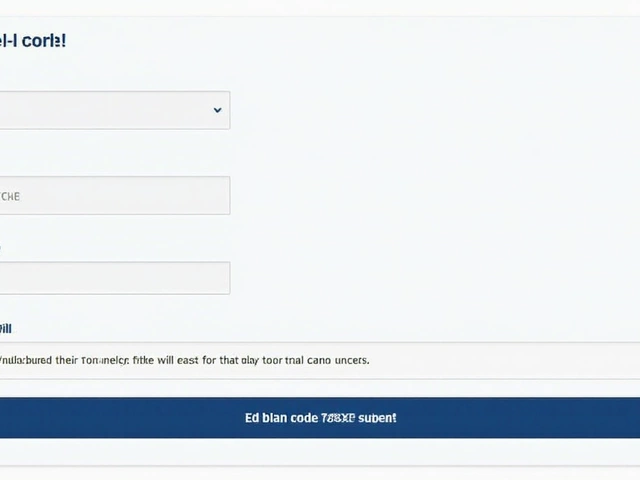Understanding Boundary Leakage and How to Protect Your Data
Ever wondered why private info sometimes slips out of a system even when you think it’s locked down? That’s called boundary leakage. It’s when data crosses the limits you set – like a wall that has cracks you didn’t notice. In plain terms, it’s data walking out of a place it shouldn’t, often because of weak points in software, mis‑configured settings, or careless habits.
Why Boundary Leakage Happens
Most leaks start with one of three things: poor access control, unsecured APIs, or human error. Developers might give an app more permissions than it needs, letting it read or write files it shouldn’t. Public APIs that aren’t properly filtered can also become open doors for unwanted traffic. And let’s not forget the classic copy‑and‑paste mistake – sending a file to the wrong email or uploading it to a shared folder.
Another sneaky source is third‑party services. When you integrate a tool without checking its security, you might be handing a piece of your data to a stranger. Those services can unintentionally expose information if they don’t follow strict privacy rules.
Practical Steps to Stop Boundary Leakage
First, tighten access rights. Only give users and apps the minimum level they need – this is called the principle of least privilege. Review roles regularly and revoke anything that’s no longer used.
Second, secure your APIs. Use authentication tokens, rate limits, and input validation to make sure only legitimate requests get through. A simple “check who’s calling” can block a lot of accidental leaks.
Third, run regular audits. Scan your code and network for open ports, mis‑configured buckets, or outdated libraries. Tools like static code analysers and vulnerability scanners can point out weak spots before they become a problem.
Fourth, train your team. Remind everyone that sharing a screenshot or a draft document on a public channel can be a leak in disguise. A quick reminder about double‑checking recipients can save a lot of headaches.
Finally, have an incident response plan. If a leak does happen, you’ll want to know who to call, how to contain the breach, and how to notify affected users. A clear plan reduces panic and speeds up recovery.
Boundary leakage isn’t a mysterious, unfixable beast. With a few disciplined habits – restricting permissions, locking down APIs, checking third‑party tools, running audits, and training staff – you can keep most data firmly inside the walls you build.
Got a specific leak you’re trying to close? Start by mapping where data moves in your system, then spot the gaps. Plug those gaps, and you’ll see a noticeable drop in accidental exposures. Keep it simple, stay vigilant, and your data stays safe.
Jos Buttler Urges England Bowlers to Rein In Boundaries After Champions Trophy Loss
Jos Buttler highlights critical bowling lapses in England's Champions Trophy 2025 journey, emphasizing the need to reduce boundary concessions. He voices concerns after their loss to Afghanistan, stressing the support required from bowlers for centuries by players like Joe Root, and reflects on his performance amid calls for leadership changes following repeated ODI defeats.





